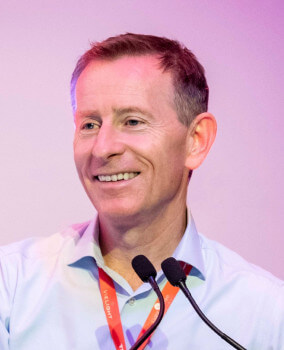In this introductory presentation, Prof. Meulebroeck will begin by explaining the fundamental working principles of laser light and introducing the key parameters that characterize it, along with an overview of various types of laser sources. The second part of the talk will address important aspects of laser safety. In the final section, she will demonstrate how laser light and related optical techniques are applied across a range of medical use cases.
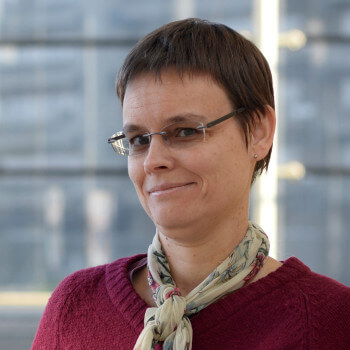
An overview on laser assisted dentistry today and it’s integration in our office concept of integrative medicine with special focus on non invasive laser assisted anti snoring therapy, laser acupuncture and photobiomodulation.
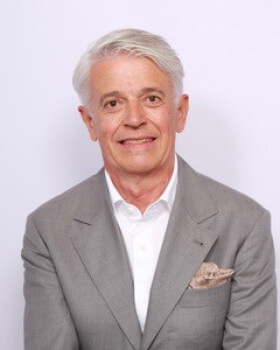
Next to periodontitis, peri-implantitis is becoming a major concern worldwide. Within five years, up to 50% of implants are affected by peri-implantitis, and 80% show signs of mucositis, which can be the onset of peri-implant disease . Disinfection efforts should target all biofilm components, including viruses.In this context, lasers have gained a significant role in periodontal and peri-implant care. Free Running Pulsed (FRP) lasers, in particular, offer a valuable contribution to tissue repair, preservation of soft and hard tissue, and regeneration of bone around infected implants. This is achievable through a closed procedure when access to the peri-implant pocket is possible with fibers.
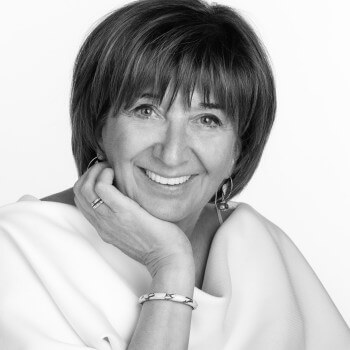
Facial reconstruction and bitemark analysis play a significant role in forensic investigations, particularly in criminal cases. Accurately measuring facial soft tissue thickness is essential for reconstructing a face on an unidentified skull. Currently, much of the research in this area relies on measurements taken from corpses. Bitemark analysis presents its own set of challenges, such as distortions in tooth patterns and changes in soft tissue caused by pressure during the bite. This presentation will explore the use of light-based optical techniques (specifically lasers) to improve the precision of these measurements and ultimately enhance the reliability of forensic analysis.
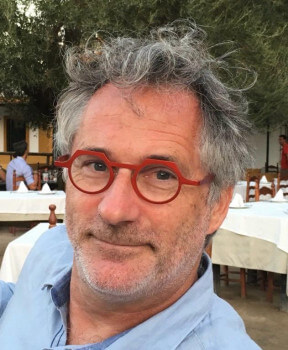
Photobiomodulation (PBM) is the therapeutic use of red and near-infrared light to stimulate healing, reduce inflammation, and alleviate pain—without drugs, heat, or invasive procedures. This talk introduces PBM to healthcare professionals new to the field, charting its origins, current applications, and future promise. We begin with the serendipitous discovery of PBM in the 1960s by Endre Mester, who observed unexpected hair regrowth and accelerated wound healing in rats exposed to low-level laser light. From those early observations, PBM has evolved into a scientifically robust modality, now supported by more than 11,000 academic papers and over 1,700 randomized controlled trials. Attendees will receive a concise explanation of PBM’s mechanisms of action—focused on light absorption by mitochondrial chromophores, enhanced ATP production, modulation of reactive oxygen species, and downstream signaling effects that support tissue repair, immunomodulation, and analgesia. We’ll review clinical examples from medicine, dentistry, and physical therapy, including evidence-based protocols for musculoskeletal pain, oral mucositis, wound healing, and peripheral nerve injuries. A short treatment video may be shown to provide practical context. PBM’s safety profile will be addressed, emphasizing its non-ionizing, non-thermal, and non-cytotoxic nature, alongside a brief review of contraindications and transient side effects. The session will conclude with a look at our most recent and compelling breakthrough—an example that underscores the potential of PBM to reshape therapeutic paradigms. This presentation aims to be evidence-led, clinically relevant, and accessible for healthcare professionals evaluating PBM’s role in patient care.
